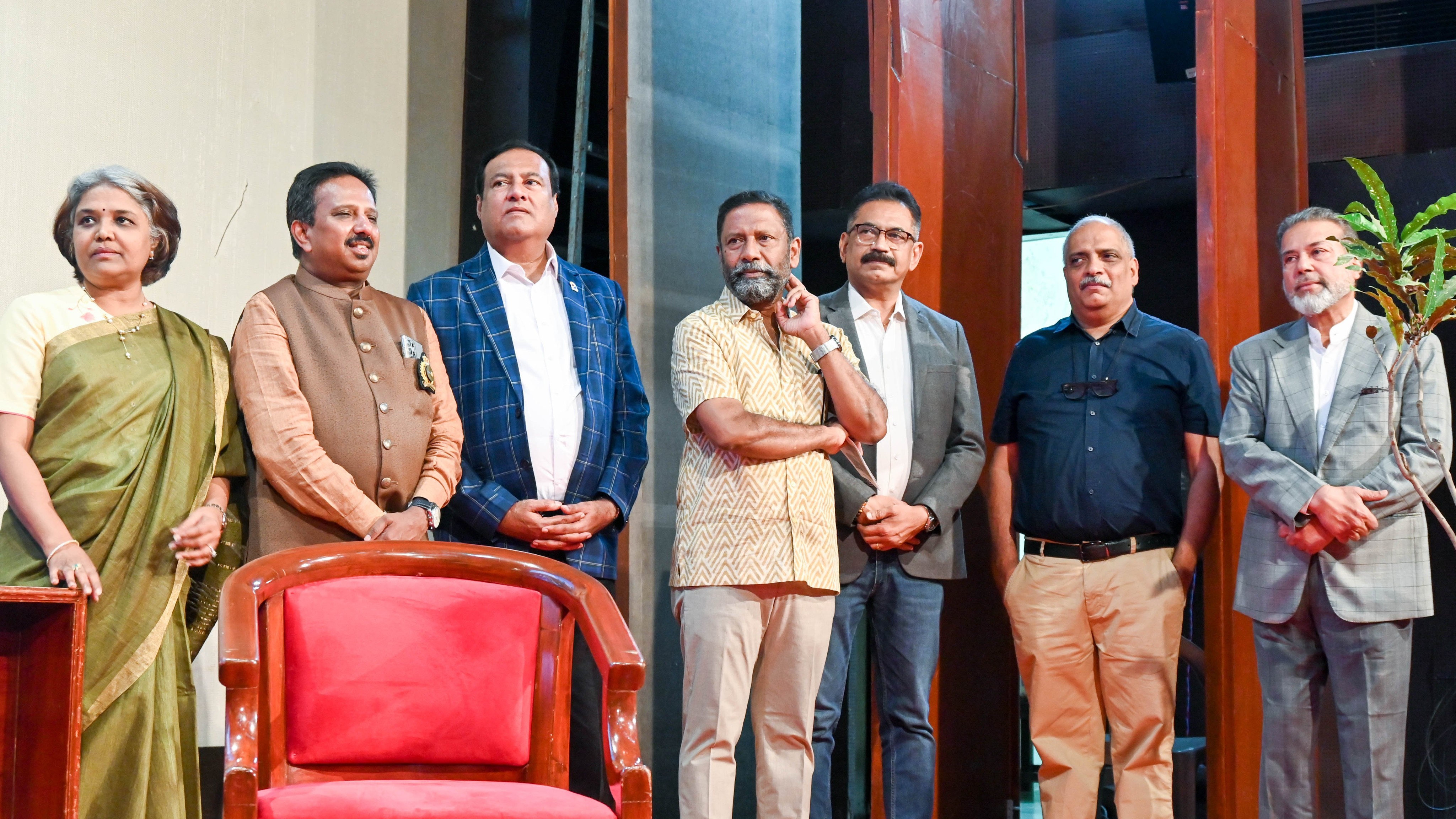
Speakers at the event, 'BENGALURU 2050-Dialogues on Sustainability’, which was held at the Indian Institute of Science on Sunday.
Credit: DH Photo/BH Shivakumar
Bengaluru: Experts from various fields shared insights and proposed solutions to Bengaluru’s multiple challenges at an event titled 'BENGALURU 2050- Dialogues on Sustainability' on Sunday.
The event was organised by Rotary at the Indian Institute of Science (IISc) to commemorate Earth Day 2024. Several ideas were tabled during the event, with curbs on urban sprawl and decongestion efforts topping the list of potential solutions.
Hosting the first session, PG Diwakar, Isro chair professor at National Institute of Advanced Studies (NIAS), said satellite imagery revealed a 245% increase in the city’s built-up areas from 1995 to 2020, at the expense of agricultural land and vegetation.
"Now, there are technologies through which we can create a 3D model of the city, which would give real-time updates. When cities like Varanasi already have it, why not Bengaluru?” he said.
Harini Nagendra, director of the research centre at Azim Premji University, drew attention towards local wisdom. “While our Master Plans talk about a decade or two now, we have found old inscriptions near lakes created centuries ago that mention 'until the sun and rocks survive'. We must go local and have that large imagination to save our ecology.”
"It is time to put a moratorium on development in Bengaluru and develop the towns in the outer areas. This will decongest the city and reduce the overdependence on its resources,” Naresh Narasimhan, an architect and urbanist, said.
He also highlighted the need to create self-sufficient ecologies, blurring the rural-urban lines. “Singapore has a very high population density, but it manages it well by following a chequered system, constructing a low-density area next to a high-density one. We should take inspiration from such plans,” he said.